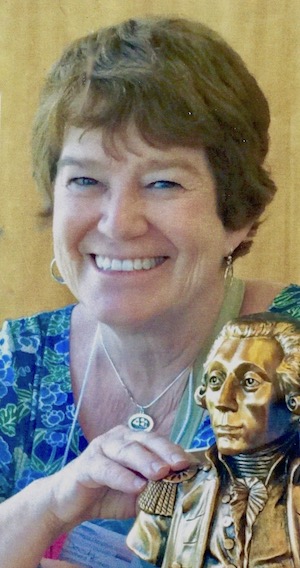A couple of decades ago, I went to Old Sturbridge Village to visit the 19th century buildings and talk with the costumed guides. I remember very well going to one of the stores and watching and hearing an explanation of how village stores functioned, which was quite differently than those today. The guy behind the counter showed me a thick ledger book full of complicated transactions.
It was common, apparently, for people to "trade" for goods at the store by paying with goods they had grown or made themselves. They also used the store as a way to pay another store customer for goods or services. They did this by designating that credit for what they "traded" at the store be applied to another customer's account.
In my story, the Hargraves family pays with strawberry jam, not only for their own purchases, but to pay a seamstress (another store customer) for making a dress for Clara. Her brother, Joss, buys ice skates, candy etc., by trading baskets of charcoal that he has made.
I went back to Old Sturbridge Village recently and visited the stores there. No one could find that ledger book, but I was allowed to photograph a few ledger pages that were available. These pages were originally handwritten but there were also typed versions that showed the information on those handwritten pages more clearly.
I was delighted to find evidence of 1) customers paying with their own products and 2) customers paying with goods or money that was credited to a third party. It appears that when an entry is labeled "to", it means a customer bought something at the store and the cost has been written down as a debit in the ledger. However, those entries labeled "by" seem to show transactions in which a customer has traded something for credit, either for him/herself for for a third party.
In the following excerpt, it appears that Customer #416, Reuben Jones, has earned credit at the store by braiding sixteen hats and supplying two dozen eggs.
In the following accounting, see that Noah Miles used the
store as an intermediary to pay James Godfrey.
Finally in the excerpt below it appears that Thomas Laughton accrued credit on his account by trading cheese;p Edwin Bemis apparently paid with Rye (whiskey or grain?), Maria Knight by shoes she apparently made; and Polly Knight and Electa Fairbanks had some kind of exchange involving hat braiding credit.
I'm thinking that there must have been a ledger that kept track of all transactions by a list of customer numbers.
Very tricky book keeping!







